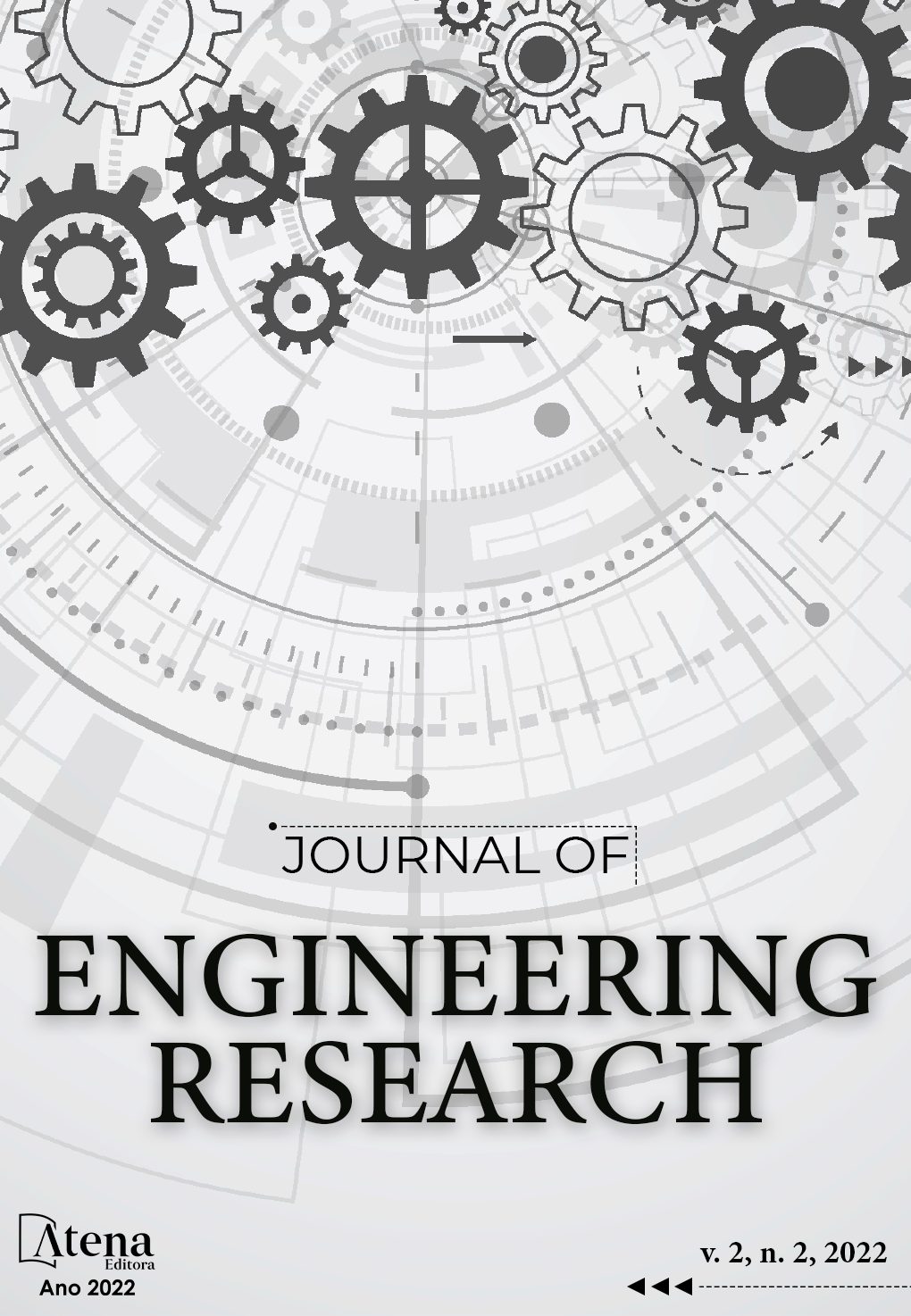
STUDY AND EVALUATION OF NANOSTRUCTURED beta-AgVO3 AS AN INACTIVATOR OF MICROORGANISMS
Silver vanadium oxide-based materials, such as AgVO3, have attracted much interest due to their technological applications in sensors, electrical and antibacterial agents, implantable medical devices, and photocatalysts. In this work, the β-AgVO3 nanowires were synthesized by the conventional hydrothermal method at 120 ºC for 48 hours and an effective microwave-assisted way at 120 ºC for 8, 16, and 32 minutes. The phase compositions, structures, and morphologies were investigated by X-ray diffraction (XRD), Spectroscopy Raman (SR), Scanning Electron Microscopy (SEM), and Transmission electron microscopy (TEM) with Energy Dispersive Spectroscopy (EDS) for comparison between both methods. The results reveal a monoclinic structure and the growth of Ag nanoparticles on the surfaces of β-AgVO3 nanowires during electron beam irradiation. Furthermore, it reports that the use of β-AgVO3 nanowires can be used as an inhibitory material for microorganisms.
STUDY AND EVALUATION OF NANOSTRUCTURED beta-AgVO3 AS AN INACTIVATOR OF MICROORGANISMS
-
DOI: 10.22533/at.ed.317222230015
-
Palavras-chave: Silver vanadium oxide, microwave-assisted, hydrothermal, microorganism inactivator.
-
Keywords: Silver vanadium oxide, microwave-assisted, hydrothermal, microorganism inactivator.
-
Abstract:
Silver vanadium oxide-based materials, such as AgVO3, have attracted much interest due to their technological applications in sensors, electrical and antibacterial agents, implantable medical devices, and photocatalysts. In this work, the β-AgVO3 nanowires were synthesized by the conventional hydrothermal method at 120 ºC for 48 hours and an effective microwave-assisted way at 120 ºC for 8, 16, and 32 minutes. The phase compositions, structures, and morphologies were investigated by X-ray diffraction (XRD), Spectroscopy Raman (SR), Scanning Electron Microscopy (SEM), and Transmission electron microscopy (TEM) with Energy Dispersive Spectroscopy (EDS) for comparison between both methods. The results reveal a monoclinic structure and the growth of Ag nanoparticles on the surfaces of β-AgVO3 nanowires during electron beam irradiation. Furthermore, it reports that the use of β-AgVO3 nanowires can be used as an inhibitory material for microorganisms.
-
Número de páginas: 15
- Luis Presley Serejo dos Santos
- Vinicius Matteus Ferreira e Santos
- Felipe de Moraes Yamamoto
- Jorge Tadao Matsushima
- Mauricio Ribeiro Baldan
- MARIA TEREZA FABBRO


